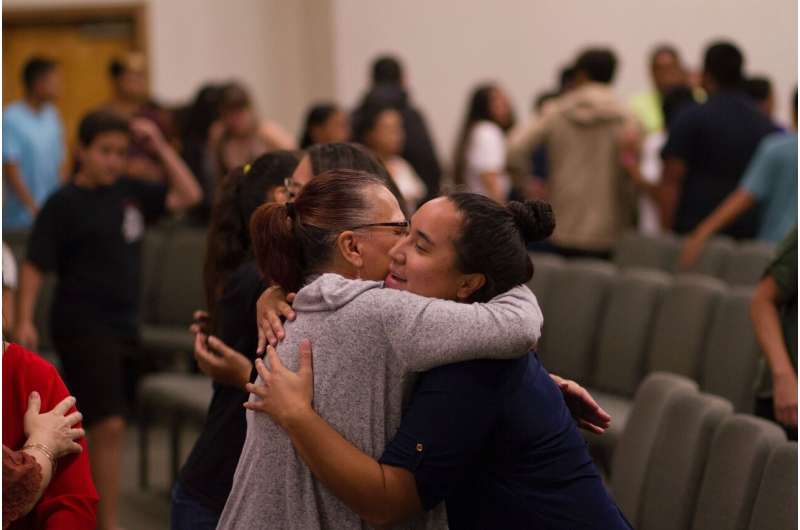The Power and Pitfalls of Touch: Why Gestures Can Heal or Hurt

Explore how touch can comfort and heal or potentially harm, depending on timing, context, and relationship. Understanding the importance of consent and emotional attunement ensures that gestures of support truly land as intended.
Touch is often regarded as a natural and instinctive way to comfort, foster connection, and express care. From a warm hug to a reassuring squeeze of the hand, many of us grow up learning that physical closeness helps us feel safe and understood. A gentle touch can indeed provide profound emotional benefits when delivered appropriately. It can strengthen bonds, regulate stress, and even promote better sleep by fostering feelings of emotional safety. When touch communicates support, it often does so through clarity, respect, and a deep understanding of the context and relationship.
However, the same gesture that comforts can sometimes have the opposite effect, leading to feelings of intrusion, discomfort, or even emotional harm. This discrepancy largely depends on timing, individual attachment styles, cultural norms, and the emotional state of the person receiving the touch. For instance, what feels supportive in one context might feel overwhelming or unwelcome in another. The importance of consent, awareness, and attunement becomes clear: genuine support through touch requires genuine understanding of the other's needs and boundaries.
Research shows that well-timed, respectful touch can validate feelings, affirm safety, and reinforce emotional bonds. Simple acts like asking "Would a hug help?" or respecting a person's response foster trust and deepen connection. It’s crucial to recognize that comfort isn’t solely about physical contact but about the emotional weight and intention behind it. When a gesture is misaligned with the recipient's state or preferences, it can lead to miscommunication and distress.
Various factors influence how touch is perceived. Attachment styles play a significant role; individuals with avoidant tendencies may find physical closeness intrusive, while those with anxious attachment may crave reassurance but remain skeptical. The COVID-19 pandemic has further complicated these dynamics, prompting many to reevaluate their comfort levels with touch and personal space.
To ensure that gestures of support land as intended, it’s essential to consider the context, ask permission, and be receptive to verbal and non-verbal cues. Clear communication, respecting boundaries, and demonstrating genuine care are vital. Small adjustments—like checking in before initiating physical contact—can transform an awkward or harmful moment into a meaningful gesture of connection and support.
Overall, authentic, attuned touch can be a powerful healing tool when delivered thoughtfully. It requires awareness, empathy, and mutual respect to foster a sense of safety and understanding. When these elements align, physical closeness can not only comfort but also serve as a foundation for deeper emotional health.
Stay Updated with Mia's Feed
Get the latest health & wellness insights delivered straight to your inbox.
Related Articles
Children's Mental Health Issues Appear Independent of Family Income Levels, Study Finds
A new international study reveals children's mental health issues occur across all income levels, highlighting the need for universal support strategies. Learn more about the latest findings on family income and child psychopathology.
Link Between Aerobic Fitness, Body Fat, and Mental Health in Children
A recent study reveals that higher aerobic fitness and lower body fat are linked to fewer anxiety and depression symptoms in children, highlighting the importance of physical activity for mental wellness.
Expert Tips for Managing Pre-Storm Anxiety
Learn effective strategies to cope with pre-storm anxiety, including media management, safety planning, and relaxation techniques to promote mental well-being during weather-related stresses.



